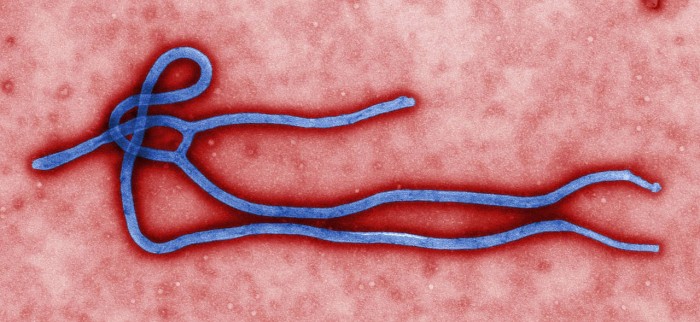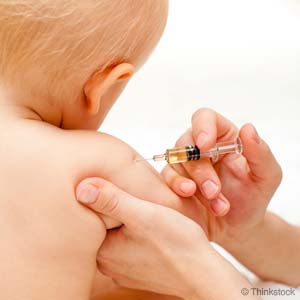Is Ebola evolving as it continues to spread throughout parts of Western Africa? Researchers in the US and Europe face myriad delays as they try to discover the answer. They believe this information is key to understanding how the virus jumps from animals to humans, and also whether it is becoming more virulent or contagious as it continues to spread. According to Science Magazine, thousands of samples have been sitting untouched as scientists await health ministry approvals to import the virus. In places where samples have been imported, scientists have often left the lab for more important field work, helping to contain the virus where they can.
From Science:
Several researchers say that getting export approval from beleaguered health ministries has been tough. “I can only assume that the system is so overwhelmed that processing samples beyond simple diagnostic tests is not high priority,” says Rambaut, who was a co-author on the August sequence paper.
Stephan Günther, a virologist at the Bernhard Nocht Institute for Tropical Medicine (BNI) in Hamburg, Germany, and coordinator of the European Mobile Laboratory (EMLab) consortium, says they have been unable to export samples from Nigeria or Liberia. But BNI has been receiving samples from the EMLab mission in Guinea since March and now has close to 3000, he says. (BNI is storing them in its high-security lab on behalf of the Guinean government, which still owns them.)
Günther and his colleagues have not yet sequenced any of the samples, because consortium staff members have been busy supporting diagnostic centers in affected countries. “We are all busy with fieldwork,” Günther says. “Personnel is a bit of a problem.”
As the global panic eases, clearances should begin. The Institut Pasteur hopes to begin sequencing samples from Guinea soon and samples from Sierra Leone destined for the U.S. were cleared last week. Scientists have also begun making preparations to get DNA sequencers to affected countries. The genome, combined with demographic and treatment information will help provide a clear picture of how the outbreak spread, but there would still be a lot more data needed to determine if Ebola is becoming more virulent:
New sequences probably won’t show that the virus is finding new ways to attack or spread, Rambaut says. Instead, the prize is a clearer picture of the outbreak. A cluster of closely related viruses might point to a hotspot of transmission, he says, while unexpectedly diverse sequences would suggest that many cases were going undetected. Sequence data could also help researchers tell whether there has been more than one animal-to-human introduction.
Earlier sequence data did suggest that the virus was undergoing rapid changes, but that is not necessarily a sign that it is becoming more dangerous, Rambaut says. “Most RNA viruses mutate quickly, but adaptation and functional change is a much slower process.” Measles mutates nearly as quickly as Ebola virus, but it has never evolved to escape the lifelong immunity of previously infected or vaccinated individuals. Even in an outbreak this big, Rambaut says, “I see no reason to suspect the virus will radically change its life cycle or its mode of transmission.”

